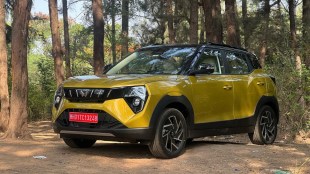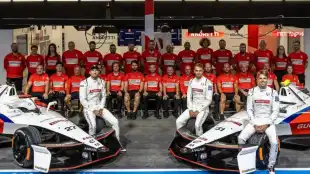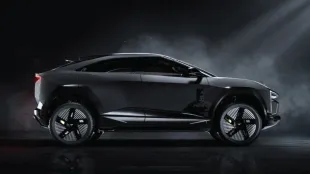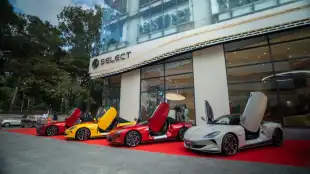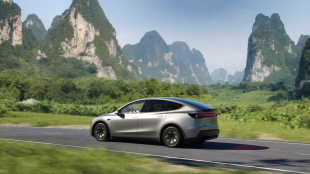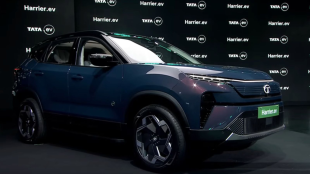While SUVs are the hot blue-eyed boys of the Indian car market, there is something about a sedan that only a true driving enthusiast can appreciate. Moreover, even yours truly would prefer the tall high-riding stance, better road presence, and practicality of an SUV over a sedan anyday.
However, I was able to gain some fresh perspective recently when I got an opportunity to test the all-new Skoda Slavia Monte Carlo edition at the Buddh International Circuit (BIC). There is no better place to put a car’s dynamic abilities to the test than a race track and that is exactly what we did when Skoda invited us to drive the Monte Carlo edition of Slavia at the BIC.
Our first drive was divided into two parts– the race track and then a combination of slalom, moose, and autocross tests– giving us comprehensive insights of the latest Monte Carlo’s driving dynamics. Let us dive straight into action.
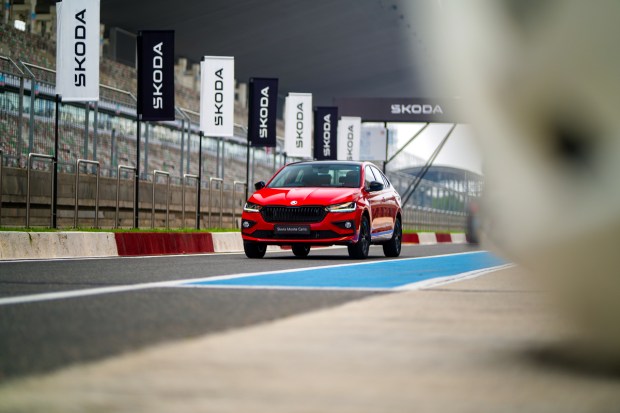
Skoda Slavia Monte Carlo at Race Track
Each media rider was allotted four laps of the BIC in addition to an optional demo lap by the instructor. Since this was my first time inside a car on a race track, it made better sense to opt for the demo lap where my instructor named Ojas, gave me a quick runthrough of when to hit and release the brakes when approaching the turns and when to push the gas while exiting the corners.
After a short and somewhat nauseating experience at the front passenger seat with all rocking and rolling, it was time for me to buckle up and take the wheel. It is often presumed that a passenger car would feel utterly slow on a race track but experts often say that it’s lot more fun to drive a slow car fast than a fast car slow, and fun isn’t just limited to speed.
Powering the Slavia Monte Carlo was a 1.5-litre four-cylinder TSI turbocharged petrol engine mated to a 7-speed DSG automatic transmission. This powertrain has proven its mettle in multiple models from Skoda and its sister brand Volkswagen in the last couple of years. Interestingly, the Monte Carlo edition of Slavia, like the Kushaq Monte Carlo, is mechanically identical to the rest of the lineup with the 1.5L TSI and DSG setup.
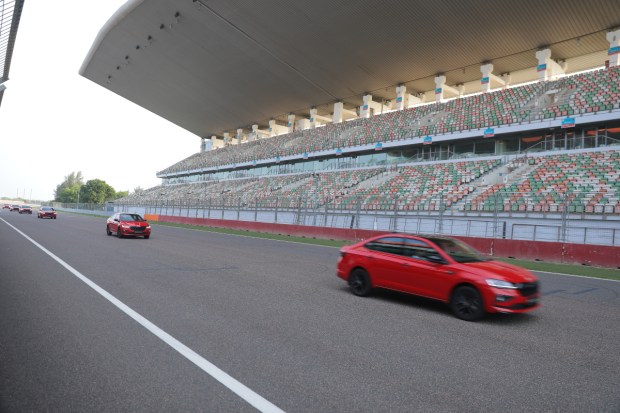
With 148 horses and 250 Nm of torque up its sleeve, the Slavia didn’t feel underpowered during any point in time, thanks to its relatively light kerb weight around 1250 kg. However, what surprised me was its driving dynamics and its beautiful chassis. On the long straight, I was able to touch a speedo-indicated 180 kmph and while I didn’t have a V-box apparatus with me, the 0-100 kmph sprint would easily have been under 10 seconds.
The other impressive aspect was the 7-speed DSG, which I was driving for the first time, with its unique ability to hold on to a gear for an additional fraction of a second when you put down the foot hard on the throttle. The other two standout attributes from the track experience were the exceptional grip of the tyres and a strong set of front disc brakes. The combination of these two allowed the driver in me to push the sedan hard while attacking the corners.
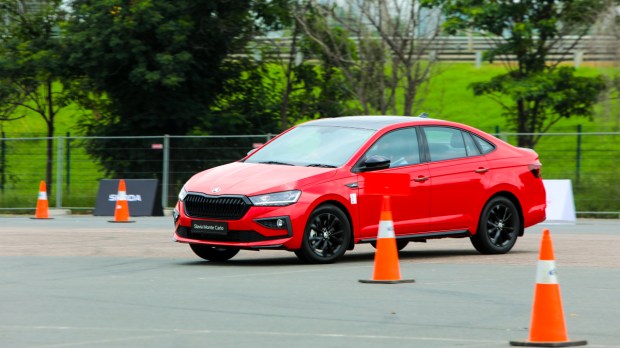
Skoda Slavia Monte Carlo: Other tests
The other tests outside the race track comprised the slalom, moose, and autocross obstacles. These tests highlighted how precise and direct the steering setup of the Slavia is. While on the race track, the steering wheel felt hefty on most parts, outside the track it was very light yet responsive. The tests are slightly trickier than they actually look but kudos to directives from the instructor and Slavia’s exceptional steering, I didn’t hit a single cone in any of the tests in both the rounds.






